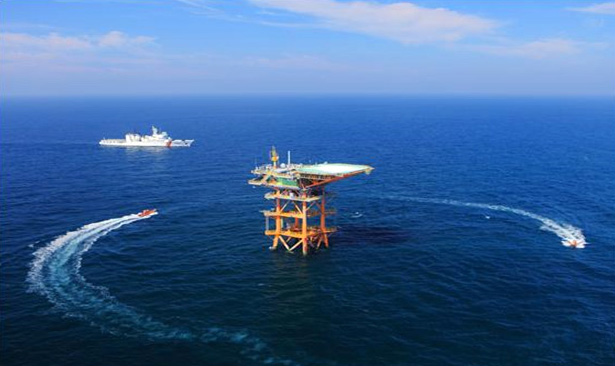
Polar Regions are ideal places to study climate change, marine ecosystems, and develop marine resources as they remain relatively untouched and therefore, uncontaminated. Korea constructed the Antarctic King Sejong Station on King George Island in 1988 and became the 33rd country in 1989 to join the Antarctic Treaty (signed by 12 countries including the US, UK, USSR, and Japan for peaceful use of the Antarctica and freedom of scientific exploration in December 1959). In addition, following the King Sejong Station, the Jangbogo Antarctic Research Station was built on Terra Nova Bay, Ross Sea in 2014. The Jangbogo Research Station will officially undertake Antarctica-based polar research. With the construction of the Jangbogo Research Station, Korea became the 10th country to establish more than two residential research bases in the South Pole, and joined the league of polar-research powerhouses.
The King Seong Station conducts research in a variety or areas. Monitoring devices observe the upper atmosphere with a multi-color photometer. Resident scientists collect and study plants as well as the local ecosystem, in particular, the habitats of penguins. Research is also conducted on sea water and life underwater, currents, well as underwater resources such as coal, copper, iron ore, and sphalerite.
As for a research station in the Arctic, Korea was the 12th country to build a research base in Ny-Alesund, Svalbard Islands on April 29th 2002. Korea also became the 8th country to simultaneously operate a research base in both Polar Regions. The Arctic Dasan Station conducts research on global climate change, icebergs in the North Pole, and natural resources.
Ieodo Ocean Research Station
Ieodo Island, located 149km (80 nautical miles) to the southwest of Marado Island is to the south of Jeju Island, is located in the waters within the peace line over which Korea declared sovereignty in 1952 and therefore, Ieodo is Korean territory. The field investigation for installing the facility officially began in 1995 and on June 11th, 2003, the completion ceremony was held. Currently, various research and marine investigations are conducted on waters surrounding Ieodo Island. The Ieodo Ocean Research Station possesses a variety of advanced equipment for observing the sea, climate, and environment, and is providing useful information to scientists at home and abroad as well as users of marine information in other fields.
